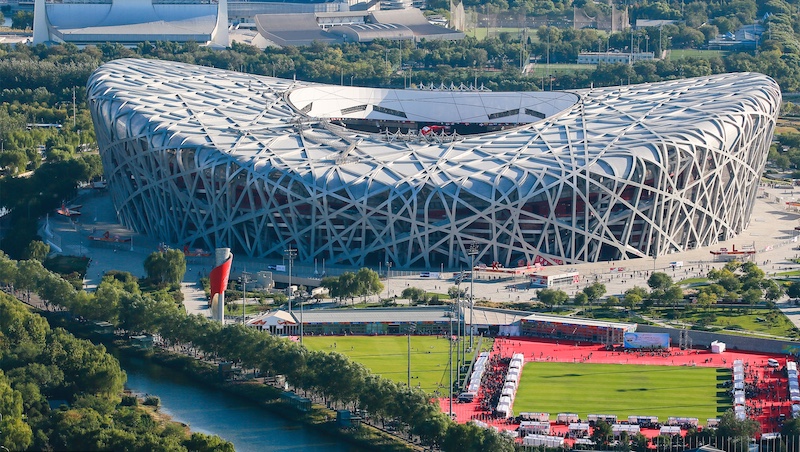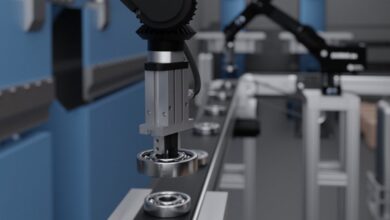China prepares for first World Humanoid Robot Games with fully autonomous football match
China has showcased a preview of the World Humanoid Robot Games, set to take place from August 15 to 17, 2025, as part of the World Robot Conference. (See video below.)
The games will be the first global sporting event exclusively devoted to humanoid robots.
Preview match: robots play autonomous 3‑on‑3 football
An exhibition football match was staged at Beijing’s National Speed Skating Oval, where fully autonomous humanoid robots dribbled, kicked, and recovered from falls – all without any human intervention.
In one widely circulated match, teams from Tsinghua University and China Agricultural University competed, with Tsinghua’s “Vulcan” squad winning 5‑3.
The event served as a testbed for robot endurance, autonomy, and AI‑driven decision‑making.

Robots in action
Developed by Booster Robotics in partnership with university teams, the robots are outfitted with optical cameras, sensor arrays, and deep reinforcement learning algorithms – enabling them to visually detect the ball, teammates, and field lines with over 90 percent accuracy, plan movements, and execute passes or shots.
According to Yang Shaoshuai from China Agricultural University, their performance is roughly comparable to the motor skills of a six-year-old child, though improvements are coming quickly.
The full agenda: more than just football
The games – which will launch in iconic venues including the Bird’s Nest stadium and the Ice Ribbon rink – feature 19 tagged events across three categories:
- Athletic competitions: sprints, long jump, gymnastics, and football
- Performance showcases: solo/group robot dance routines
- Scenario‑based challenges: simulations of hospital service, logistics handling, concierge tasks and industrial operations
“Peripheral events” will include non‑humanoid robotics sports like table tennis and badminton.
Over 100 teams from more than 20 countries are expected to compete in disciplines blending sport, AI strategy, and real-world robotics tasks.
Why it matters: robotics meets real-world functions
Organizers see robot soccer and athletic matches not as gimmicks but as platforms to push perception, coordination, balance, and decision-making in dynamic environments – skills directly transferable to industrial or service robotics.
“Playing football is a testing and training ground for helping us refine our capabilities,” says Zhao Mingguo, of Booster Robotics.
These games also serve as a stage for technological leadership, showcasing China’s growing ambitions in AI and robotics, and promoting international collaboration between academia and industry.





